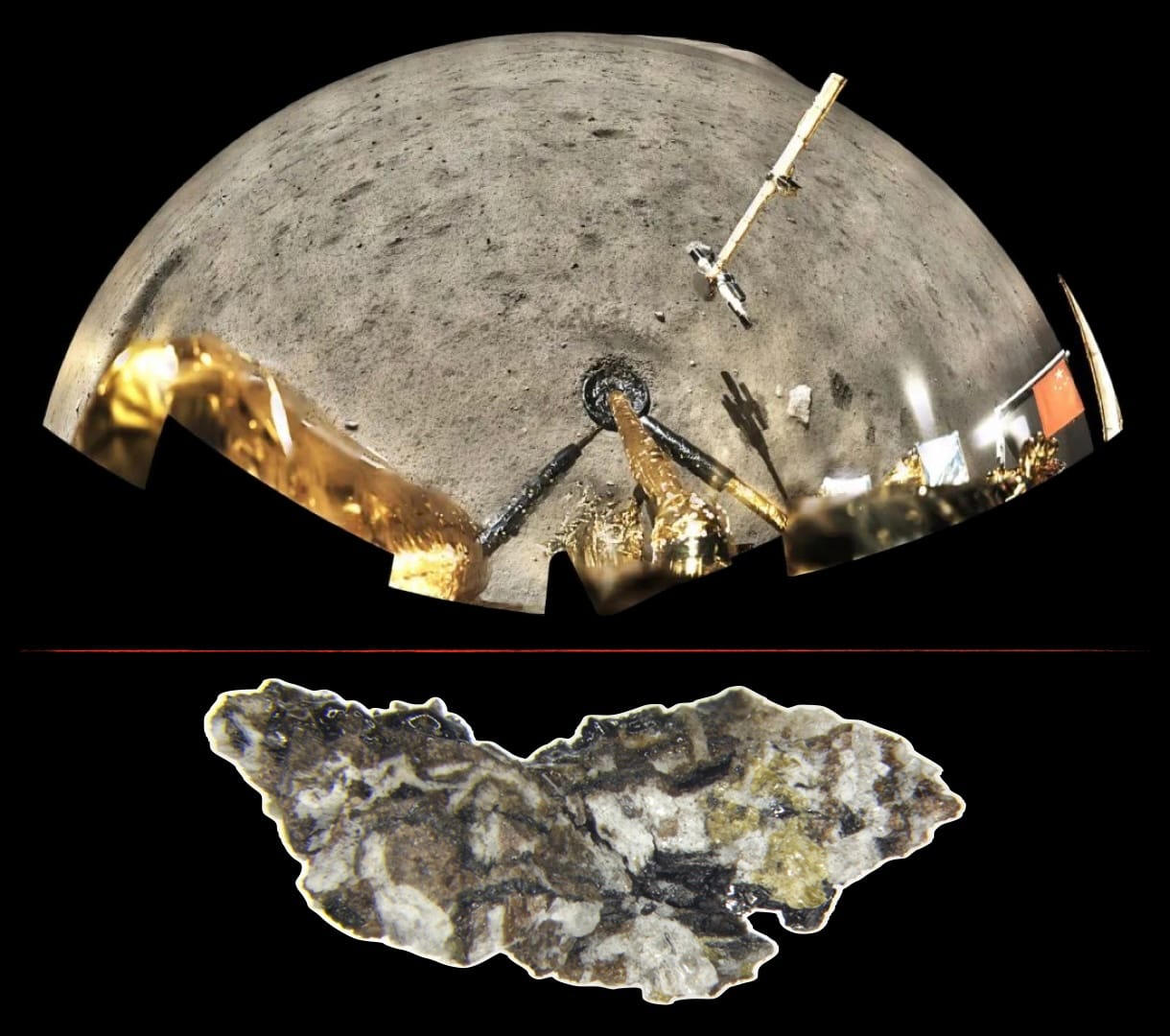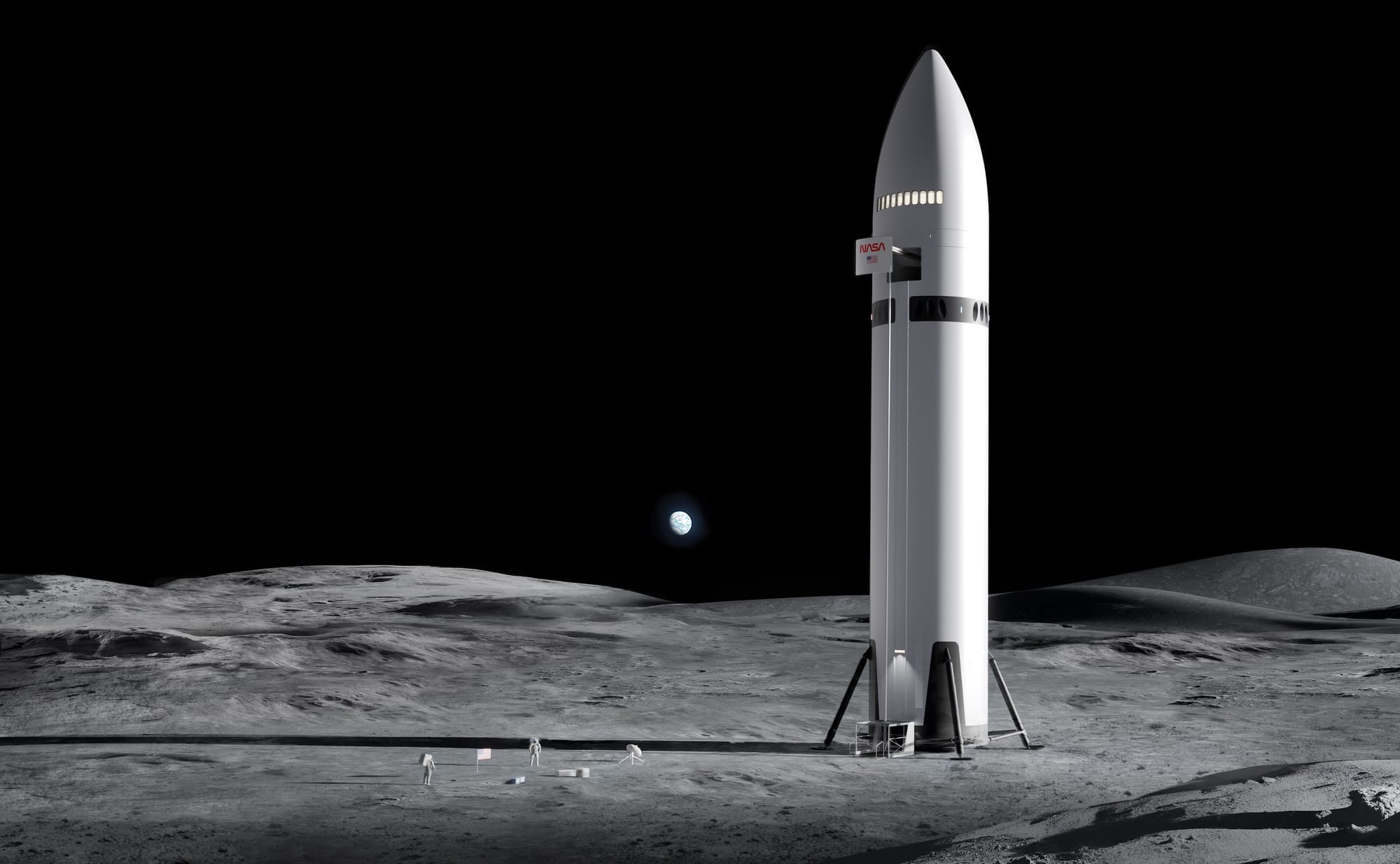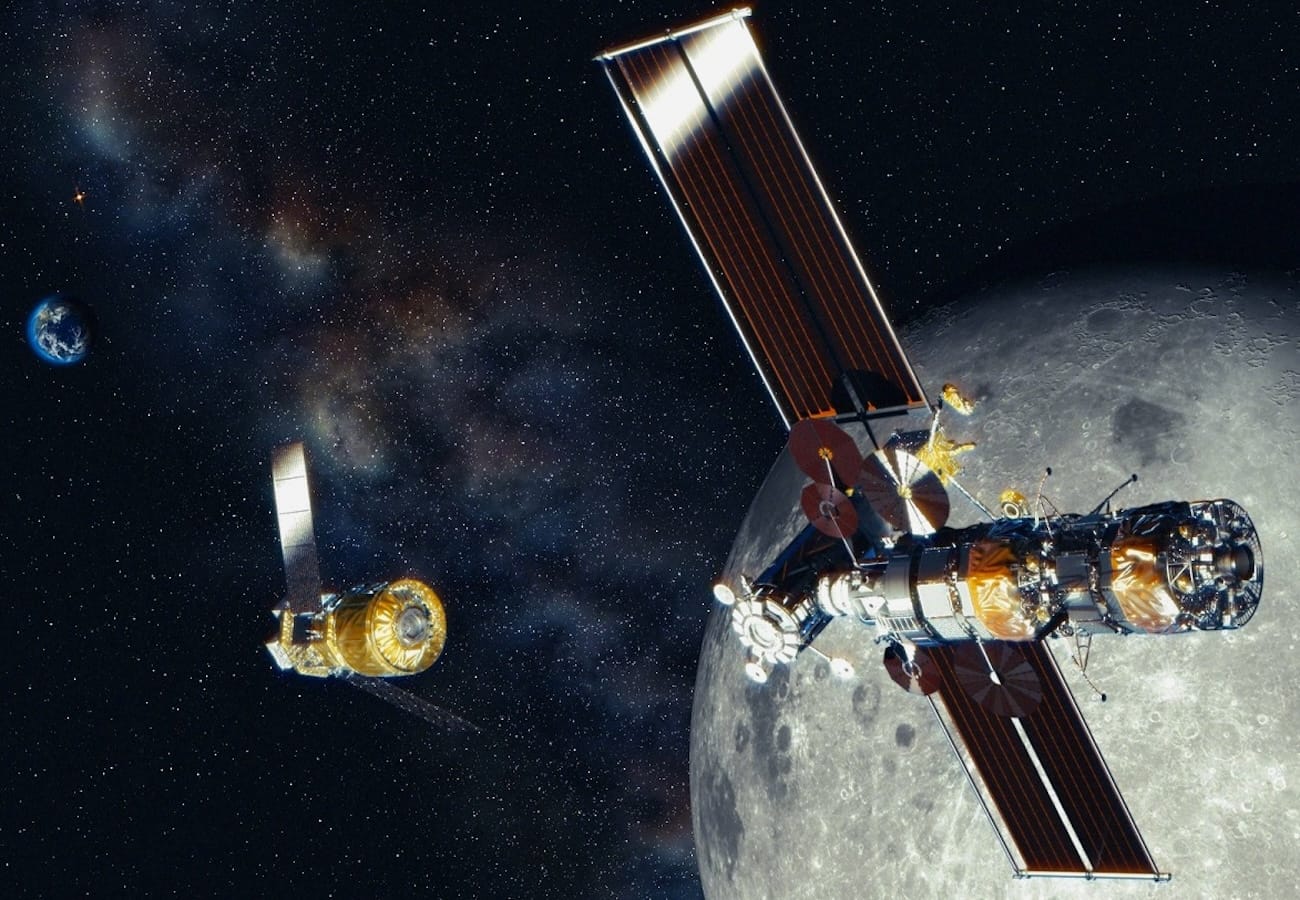Moon Monday #249: The one published on Sunday
Mission updates from China and the US.
This edition of Moon Monday is being published a day early on Sunday since I’m attending a conference on science journalism in Ahmedabad, India on Monday and Tuesday. Also see: Fun with Moon exploration headlines
China and Luna

- Following on this year’s announcement by CNSA of the first set of international organizations whose proposals it selected to study unique lunar samples fetched to Earth by the Chang’e 5 mission in 2020, China has now opened up applications for the second round of international research proposals. Applications can be submitted through China’s Lunar Sample Release System until November 30.
- Following on the recent string of successful tests of elements part of China’s architecture for landing humans on the Moon, the China Manned Space Agency (CMSA) has outlined the next set of tests to be accomplished in the near future:
A series of crucial upcoming tests include – integrated testing for the Lanyue lunar lander, thermal tests and maximum dynamic pressure escape tests for the Mengzhou manned spacecraft, and low-altitude and technology verification flights for the Long March-10 carrier rocket.
The release goes on to note that:
Payload designs for scientific research and applications have been finalized, and ground-based infrastructure, such as the launch site, tracking network and landing site on Earth, is under accelerated development.
Artemis III updates

After NASA reopened the contract for Artemis III’s crewed Moon landing aspect, the agency now says they have received the accelerated lander development plans from SpaceX as well as Blue Origin, which involve simplified mission architectures and streamlined concept of operations. Marcia Smith reports NASA’s official statement in response to a query on the next steps:
NASA has received and is evaluating plans from both SpaceX and Blue Origin for acceleration of HLS production. Following the shutdown, the agency will issue an RFI to the broader aerospace industry for their proposals. A committee of NASA subject matter experts will be assembled to evaluate each proposal and determine the best path forward to win the second space race given the urgency of adversarial threats to peace and transparency on the Moon.
It would seem that reopening the Artemis III landing contract originally assigned to SpaceX has compelled the company to share the progress on Lunar Starship in public with more detail and context than ever before, including the following:
While many of SpaceX’s remaining HLS contract milestones are tied to flight tests, such as a ship-to-ship propellant transfer demonstration, SpaceX has started fabricating a flight-article Starship HLS cabin that will include functional avionics and power systems, crew systems and mechanisms, environmental control and life support systems, cabin and crew communications systems, and a cabin thermal control system. This flight-capable cabin will enable engineers to demonstrate high design maturity of the various systems required to support a human landing on the Moon, enable integrated system-level hardware testing, and provide a highly realistic training experience for future lunar explorers.
SpaceX also notes that Artemis III requirements have been changing over time (presumably from NASA’s side too), and separately points out that former NASA Administrator Jim Bridenstine, who made statements against the company’s slow progress on Starship in a US Congressional hearing, is a lobbyist.
Many thanks to The Orbital Index, Parvathy Prem and Planetary scientist David Blewett for sponsoring this week’s Moon Monday! If you too appreciate my efforts to bring you this curated community resource on global lunar exploration for free, and without ads, kindly support my independent writing:
More Moon

- On October 29, Japan successfully demonstrated a cargo delivery to the International Space Station using its next-generation HTV-X spacecraft. A variant of this craft called HTV-X(G) will deliver astronaut supplied to the upcoming NASA-led Gateway lunar orbital habitat starting 2030. Between this and building an advanced crewed, pressurized lunar rover for Artemis astronauts, Japan’s strategic collaborative approach for the Moon is to be a critical logistical supplier for NASA’s Artemis program. Previously, Japan got an astronaut seat aboard the Gateway in return for JAXA providing critical life support systems and infrastructure components for the station’s Lunar I-Hab crew habitat module. The HTV-X(G)’s cargo deliveries to the Gateway will allow the lunar orbital habitat to sustain crewed and uncrewed operations for long periods. In February 2023, JAXA recruited two new astronaut candidates, one of which could fly to the Gateway.
- Intuitive Machines has received a $8.2 million contract from the US Air Force to develop low-power, compact nuclear fission systems that can power lunar infrastructure elements such as beacons that provide navigation services to hardware at the Moon.
- Related developments:
- Last month, Hungary became the 57th country and 23rd European nation to sign the US-led Artemis Accords for cooperative lunar exploration.
- A great photo essay: How Lunar Photography Brought the Heavens Down to Earth
